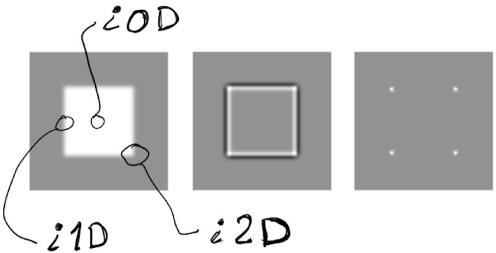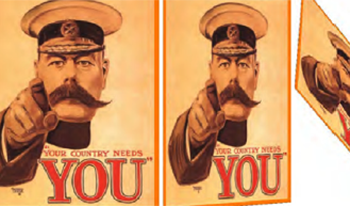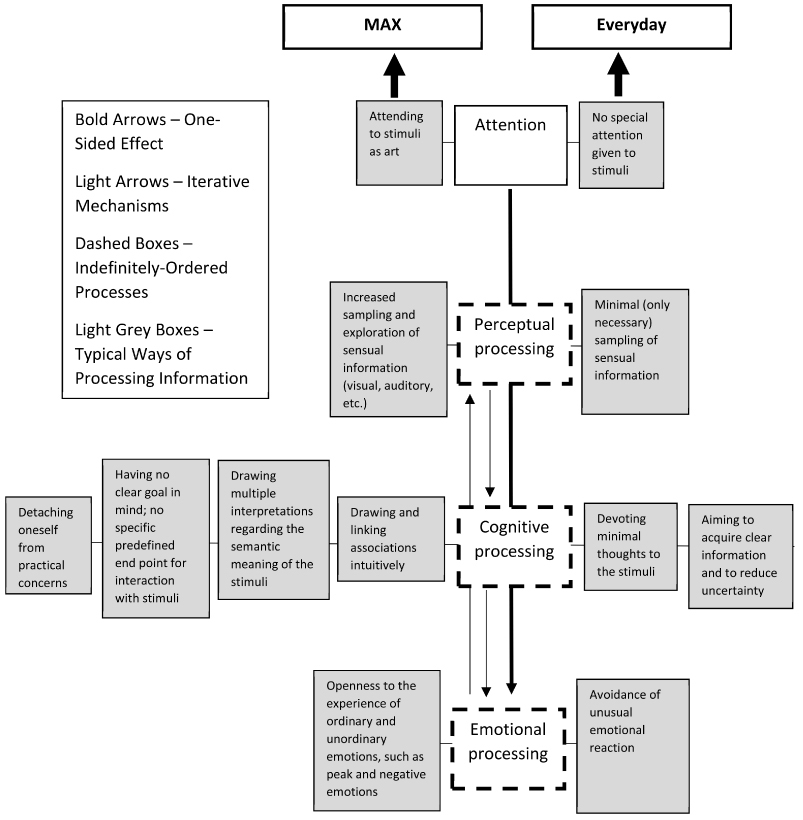
Interdisciplinary research in human vision has greatly contributed to the current state-of-the-art in computer vision and machine learning starting with low-level topics such as image compression and image quality assessment up to complex neural networks for object recognition. Representations similar to those in the primary visual cortex are frequently employed, e.g., linear filters in image compression and deep neural networks. Here, we first review particular nonlinear visual representations that can be used to better understand human vision and provide efficient representations for computer vision including deep neural networks. We then focus on i2D representations that are related to end-stopped neurons. The resulting E-nets are deep convolutional networks, which outperform some state-of-the-art deep networks. Finally, we show that the performance of E-nets can be further improved by using genetic algorithms to optimize the architecture of the network.

The psychogenesis of visual awareness is an autonomous process in the sense that you do not “do” it. However, you have some control due to your acting in the world. We share this process with many animals. Pictorial awareness appears to be truly human. Here situational awareness splits into an “everyday vision” and a “pictorial” mode. Here we focus mainly on spatial aspects of pictorial art. You have no control whatever over the picture’s structure. The pictorial awareness is pure imagery, constrained by the (physical) structure of the picture. Crafting pictures and beholding pictures are distinct, but closely related, acts. We present an account from experimental and formal phenomenology. It results in a generic model that accounts for the bulk of formal (rare) and informal (common) observations.

Experiencing art calls for a unique processing mode – this premise has been repeatedly debated during the last 300 years. Despite that, we still lack a theoretical and empirical basis for understanding this mode essential to understanding experiencing of art. We begin this position paper by reviewing the literature related to this mode and revealing a wide diversity and hardly commensurable theoretical approaches. This might be an important reason for the thin empirical data regarding this theme, especially when looking for ecologically valid experimental studies. We propose the Mode of Art eXperience (MAX) concept to establish a coherent theoretical framework. We argue that even very established works often overlook the essence of more profound and so to say “true” art experience. We discuss MAX in relation to evolutionary psychology, art history, and other cognitive modes (play, religion, and the Everyday). We also propose that MAX is not the only extraordinary mode to process information specifically, but that for experiencing art, we evidently need a frame that enables MAX to unfold the full range of art-related phenomena which make art so culturally particular and essential for humankind.